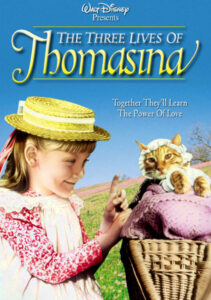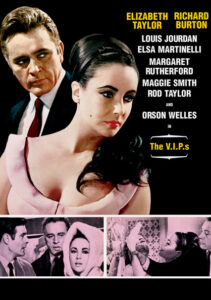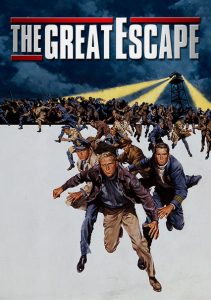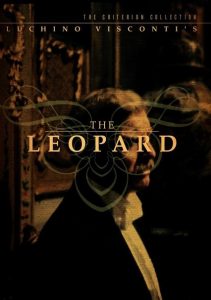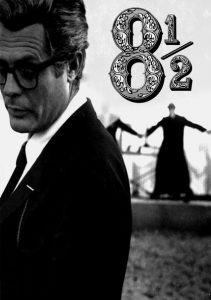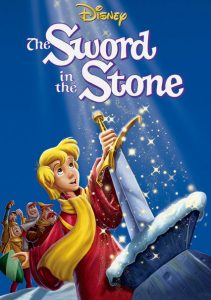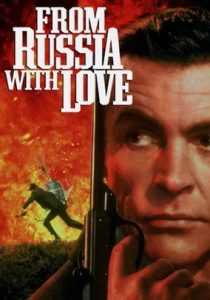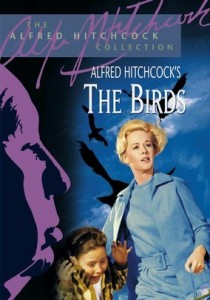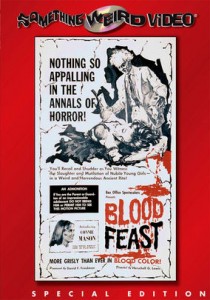The Three Lives of Thomasina-1963
Director Don Chaffey
Starring Patrick McGoohan, Susan Hampshire
Scott’s Review #1,367
Reviewed June 7, 2023
Grade: B
The Three Lives of Thomasina (1963) is a film in which the animal, in this case, a sleek orange tabby cat, steals the show from the humans. It’s not as if the acting by the actors is terrible but who doesn’t love a cute feline clad in a bonnet?
The film is a Disney production but not one of the top tier nor mainly well remembered and was unknown to me before I watched it. It’s sort of related to Mary Poppins (1963) in that the cheery tone is similar and the two child stars were signed to play the Banks children as a result of The Three Lives of Thomasina.
There are enough tender and sentimental moments to satisfy fans who may crave a deeper or darker veneer but there is some fluff and predictability to wrestle with.
With high hopes of entertaining our cats Zeus and Thora with this film the furry felines largely slept through the experience and rendered it uninteresting.
Schoolgirl Mary McDhui (Karen Dotrice) lives in a small village in Scotland with her stoic veterinarian father, Andrew (Patrick McGoohan), and her cherished cat, Thomasina.
When Thomasina is injured, Andrew has the animal euthanized, which infuriates Mary who vows never to forgive her father. Unbeknownst to everyone, Thomasina’s still-living body is rescued by Lori (Susan Hampshire), a kind animal healer who nurses the cat back to health.
The romantic intention of uniting Andrew and Lori is obvious from the start and the pair have decent chemistry. Lori is a Snow White type character, whistling and prancing through her garden befriending any animal who languishes near her.
Deemed a witch by neighborhood kids who are terrified by her healing powers she doesn’t look the part. With golden hair and attractive features, she is more Rapunzel than the wicked witch of the West.
Andrew is a masculine character we’ve seen time and time again in stories. Widowed, he has lost faith in humanity and god alike living a sad existence with his housekeeper and kids.
To nobody’s surprise, in the end, Andrew, Lori, the kids, Thomasina, and the housekeeper all ride off into the sunset as happy as clams.
Though the story is generic, other aspects of The Three Lives of Thomasina spruce things up brighter than the Scottish flowers. The landscape is magical with lush countryside sequences and cute side streets and cottages.
A fabulous sequence occurs at the midpoint when a ‘dead’ Thomasina soul goes to a feline afterlife and meets the Egyptian cat goddess Bastet. Since Thomasina still has eight lives left, Bastet returns her to her body.
The sparkling and twinkling lights and the myriad of other felines are beautiful and filled with emotion.
Hopefully, the real-life animals were treated kindly but in 1963 I’m not sure how much could be faked. Still, amazing work mimicking a wounded badger is impressive.
The thrilling finale involves a tribe of gypsies setting up camp in town and opening their traveling circus. Laden with obvious stereotypes which seem clear in 2023 but were unnoticed in 1963, the gypsies abuse their animals causing a stir among the townspeople.
A fight, fire, and justice prevails and all animals are spared.
A 1960s Disney film with family-friendly themes and compassion, The Three Lives of Thomasina (1963) will satisfy cat lovers or anyone fond of animals. The real-life Thomasina is worth the price of admission for her gorgeous good looks alone.
